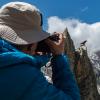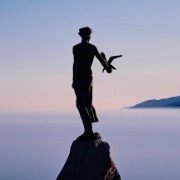Hiking poles / monopod / tripod
-
Recently Browsing 0 members
- No registered users viewing this page.
-
Similar Content
-
- 16 replies
- 777 views
-
- 66 replies
- 8,233 views
-
- 7 replies
- 481 views
-
- 1 reply
- 182 views
-
- 23 replies
- 1,197 views
-






Recommended Posts
Join the conversation
You can post now and register later. If you have an account, sign in now to post with your account.
Note: Your post will require moderator approval before it will be visible.